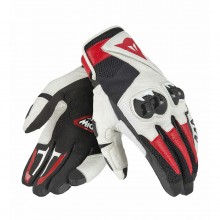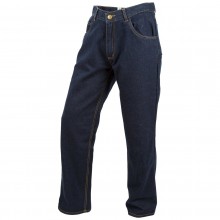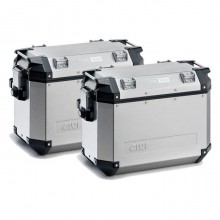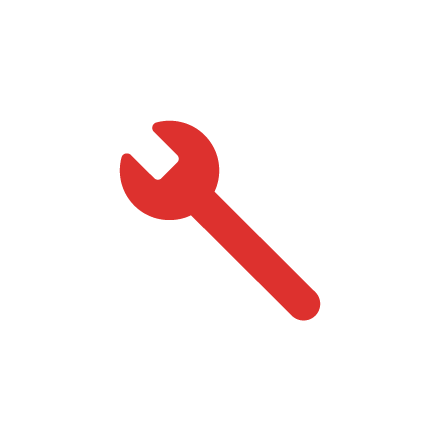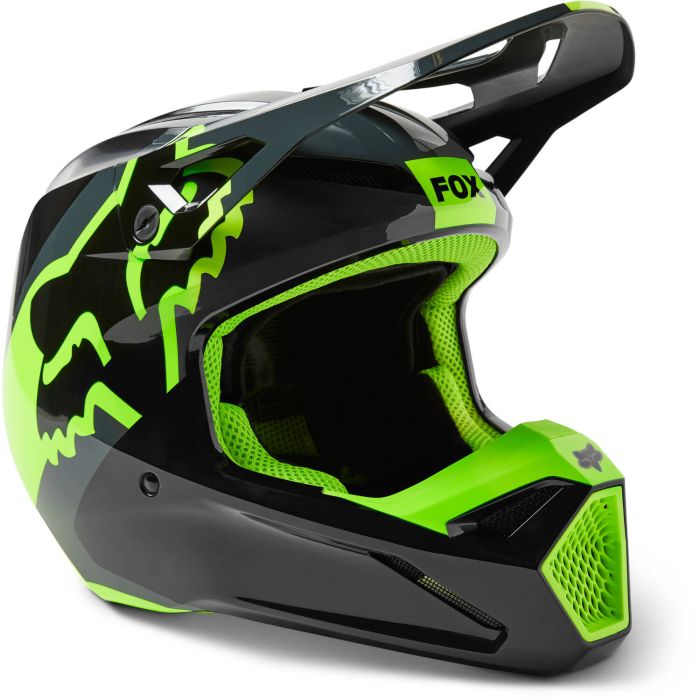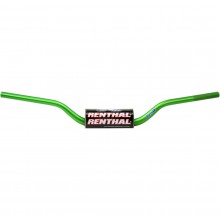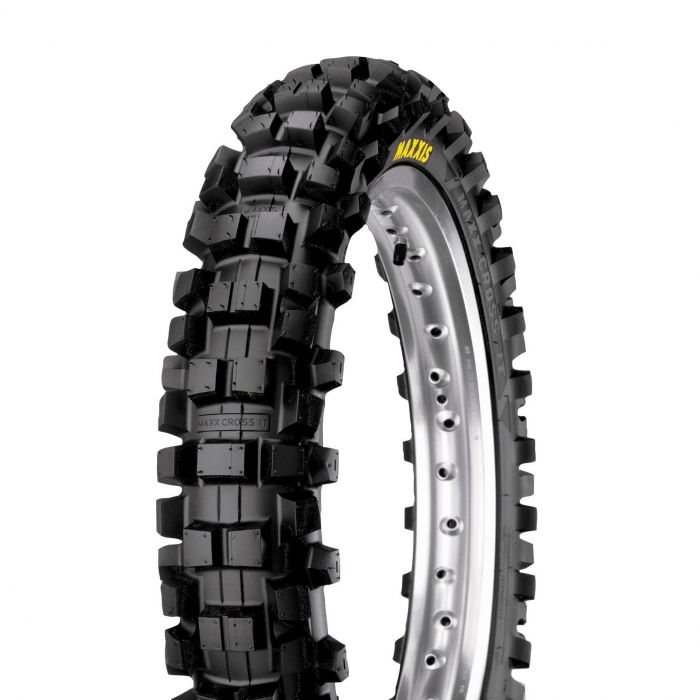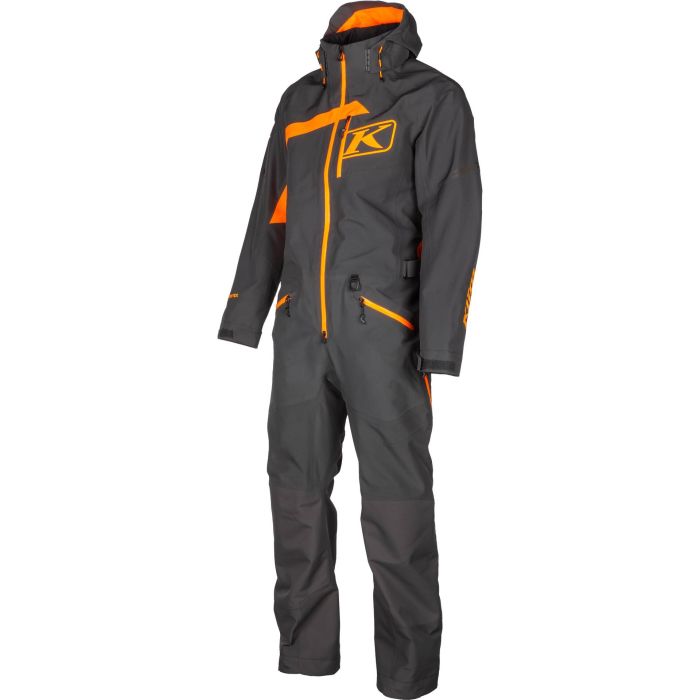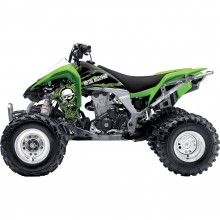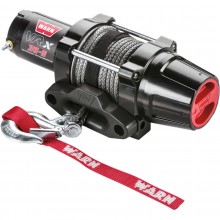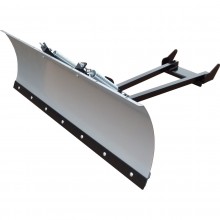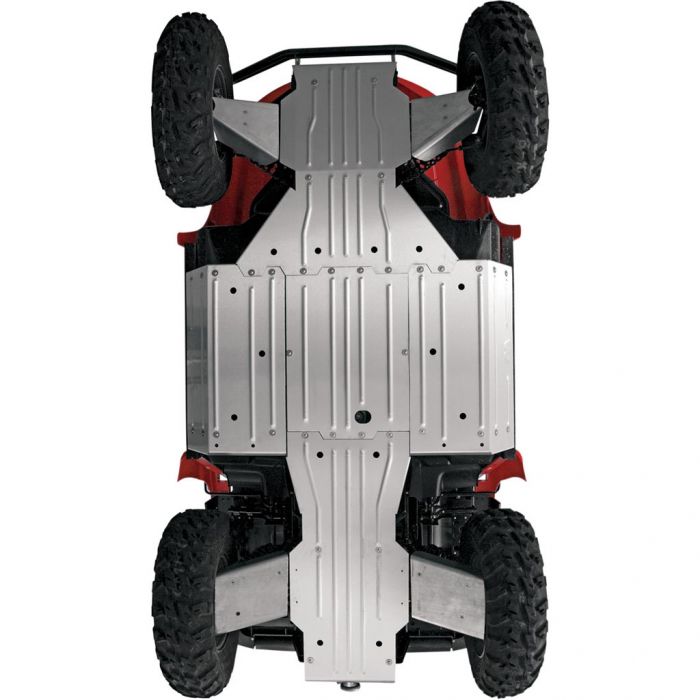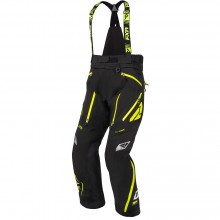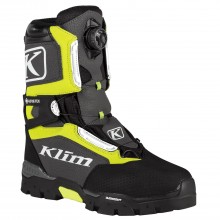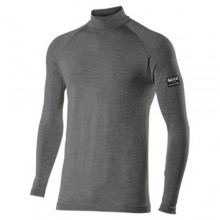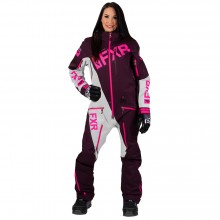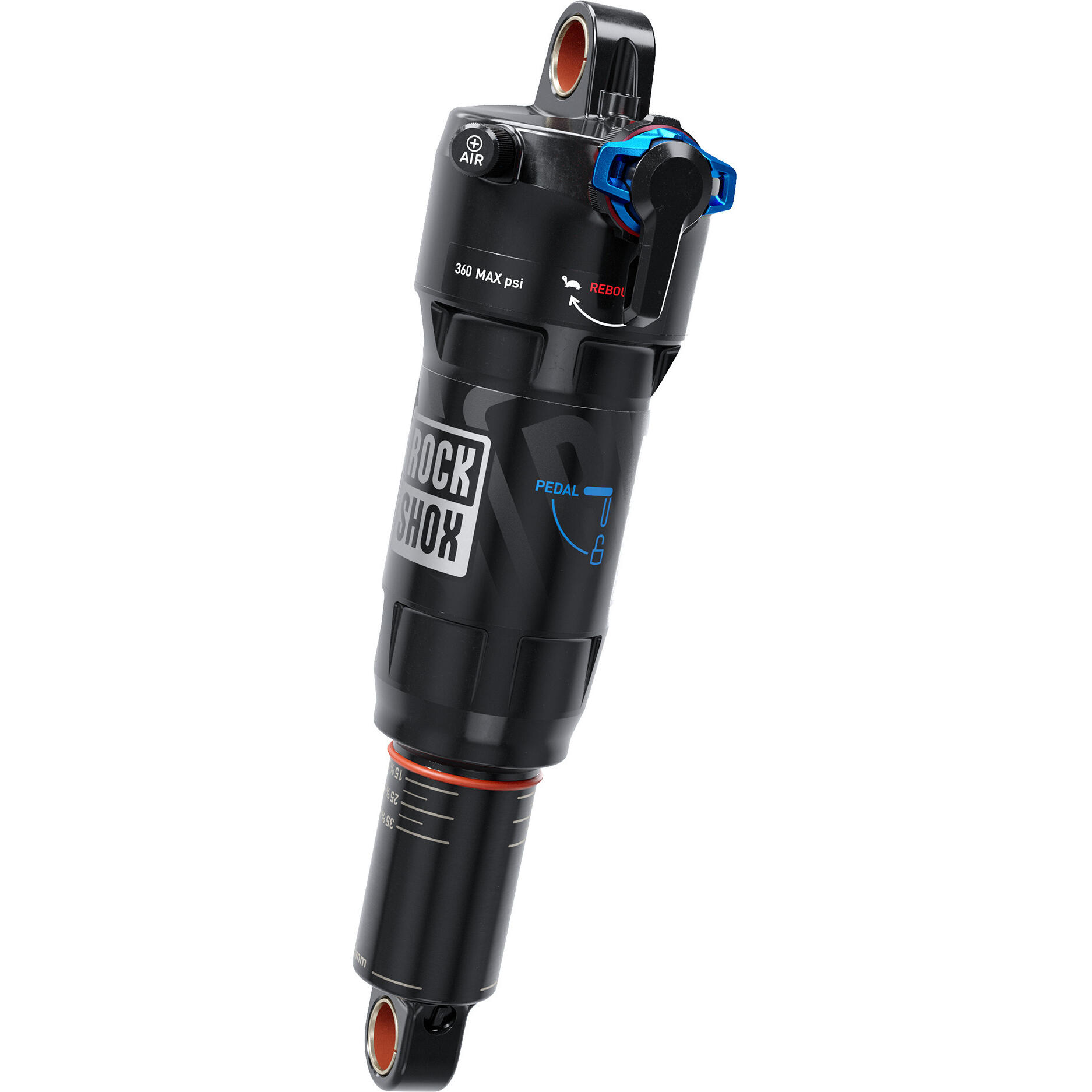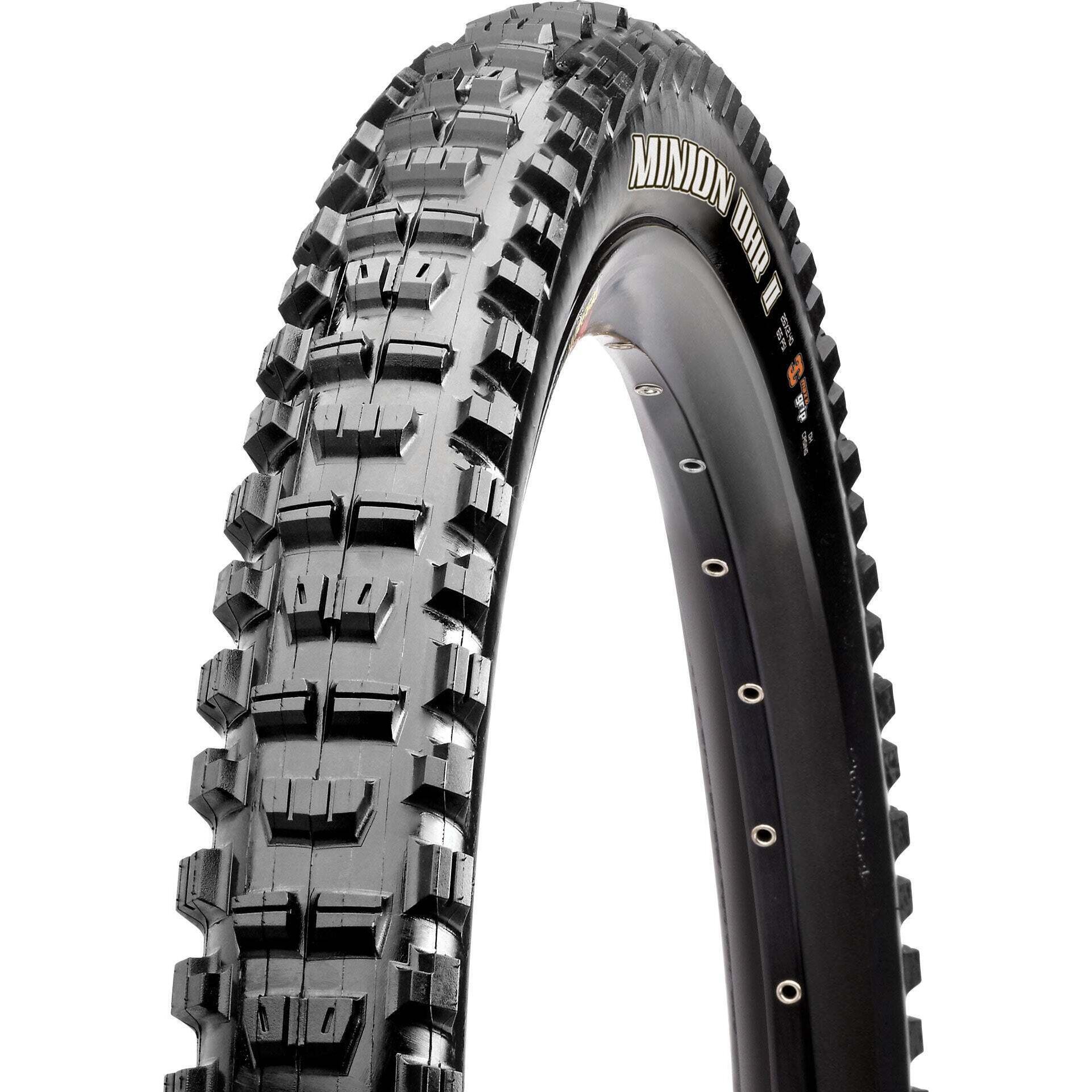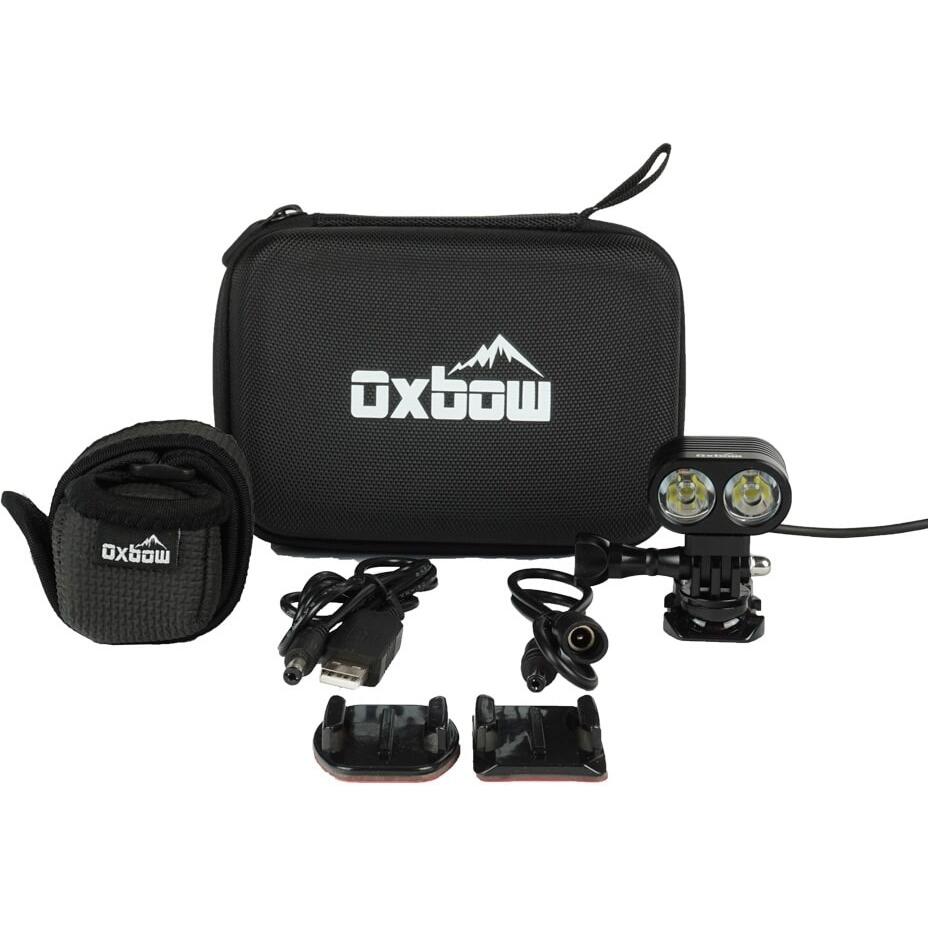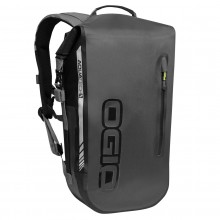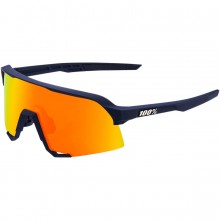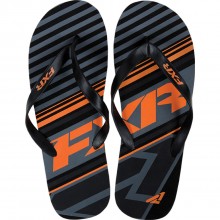
How to De-Winterize Your Motorcycle
Let's start the season off right, shall we? Here are some steps to properly wake your bike up from its cold winter slumber, and ride care-free for many miles.
Browse Motorcycle Parts
Mar 3, 2022 — The pre-season ritual is sacred. If you simply yank a motorcycle out of storage and start kicking it awake, it might still be two-tired to perform as well as it should!
There’s an opportunity here to reconnect with your machine – to probe its intricacies, correct its faults and fine-tune its performance. De-winterizing your bike is the subtle prelude to an epic riding season, so don’t skip it!
Ready-up
First comes the setup. You’re going to need a cold beer, some good music, and a large, well-ventilated work space.
You should also have about 4 hours to kill. This will fluctuate depending on how you winterized your bike last fall, and whether you approach motorcycle maintenance with TLC or Tough Love. But either way, allow yourself more time than you think is necessary.
The tools required will vary from motorcycle to motorcycle. After reading through this article, we recommend finding some supplemental guides for any steps you’re unsure about.
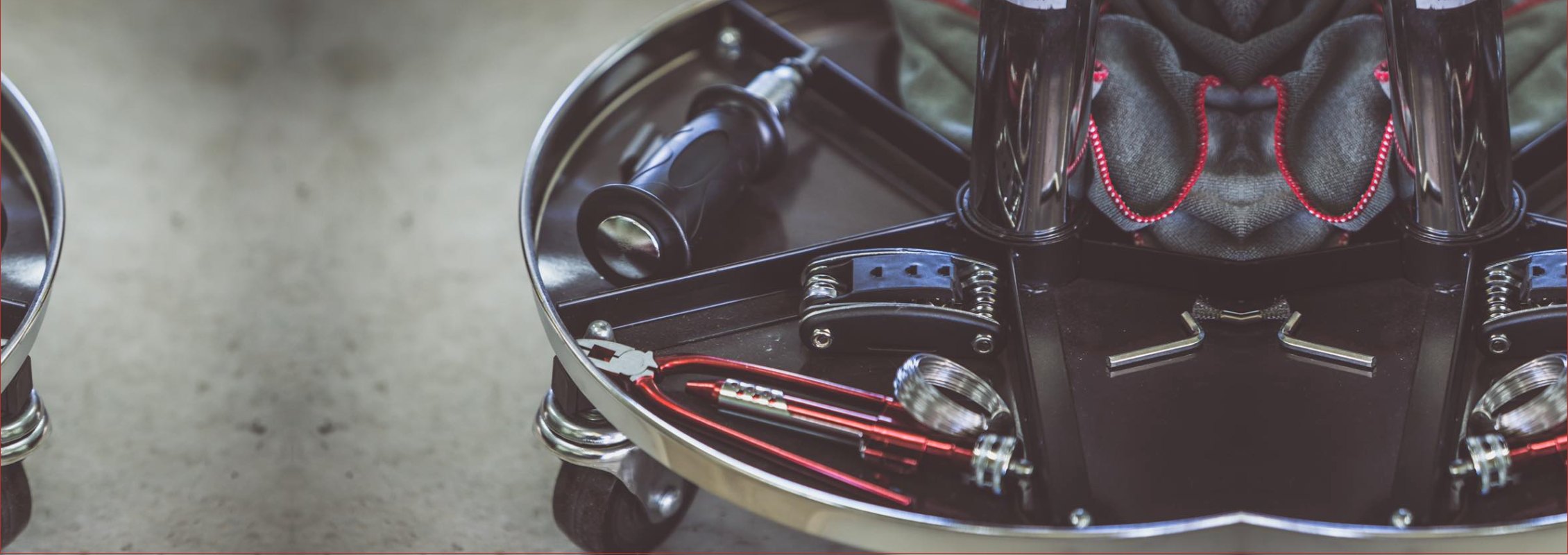
Source: BikeMaster
Visual Inspection
This is where you get to pretend you’re some detective investigating the most tragic crime of all: motorcycle neglect.
Well, it looks like we’ve got a real cyclepath on our hands…
One-liner? Check. Sunglasses? Also check. Now walk away for dramatic effect, and return moments later to get down to business.
You’re looking for two things here:
Leaks will often develop over the winter. Look for puddles and stains beneath your bike. Check the front and rear suspension for built-up gunk and oil. Finally, follow the brake lines from lever to caliper, keeping an eye out for suspicious fluid. If there's a leak, investigate.
Rodents and insects are your second concern. They make winter homes inside motorcycle covers and luggage compartments. More intrusively, critters will get all cozy in mufflers and air box openings. Check these places in particular, and do a general sweep of every nook and cranny on your motorcycle. If you find a nest, clean it out and look for damage.
Clever folks will tie plastic bags over these holes during the winterization process. If this is you – congratulations. Simply remove the plastic covers and shine on you crazy diamond.
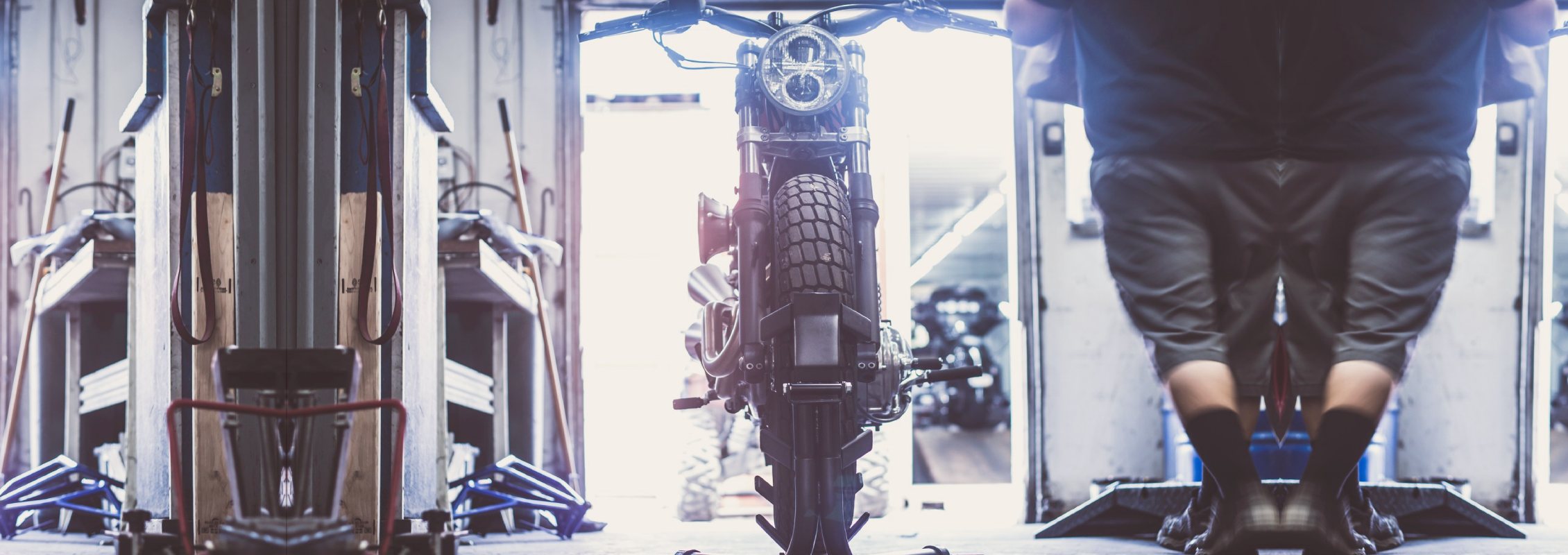
Source: BikeMaster
Check Maintenance Records
Consult your maintenance records. If you’re thinking “What the hell are maintenance records?” don’t just sit there and let others lump you in with the maxim: “Ah, today’s youth!”. Take a stand, it’s not like you’ve never heard of vinyl before, and we’re sure you know plenty of other bands anyway.
Whether you jam to Maintenance or Motörhead, your motorcycle might still be due for a change of oil, filter, brake fluid, coolant or suspension fluid. Many riders will perform an oil change every spring, whether it’s due or not. This is especially true for anyone who uses cheap "storage oil" over the winter.
If you want to know when to change the oil & oil filter specifically, skip ahead. If any of the other procedures apply to you, now would be the occasion to get them done… And jot them down in a notebook this time round for goodness' sake!
Prepare Motorcycle Battery
Let’s start with the safety reminder: when disconnecting a battery, remove the negative terminal first. When connecting a battery, attach the positive terminal first. And unless you fancy walking the green mile – or riding the lightning, so to speak – make sure the ignition or power source is OFF before touching anything.
If you used a trickle charger over the winter, disconnect it now. If not, cross your fingers and hope that the battery still has some juice.

Source: Battery Tender
On the battery, look for leaky fluid or large amounts of corrosion – these are key signs that you might need a new battery. Small amounts of corrosion and grease can be cleaned from the terminals with baking soda, water, and an old toothbrush. Battery acid is toxic though, so wear some gloves. Safety glasses are also highly advisable.
If you’re running a wet cell battery, you might need to top up the electrolyte levels with distilled water. Normally, you fill it up till the fluid touches the bottom of the filling port. Again, use gloves & eye protection for safety.
Check the Motorcycle’s Fluid Levels
If you’re not replacing the fluids entirely, you may still need to top them off. The oil, brake fluid, and coolant levels are all worth checking.
If you’re going to add some, that half-empty bottle on your shelf is a bad place to start. This is especially true for brake fluid, which starts to absorb moisture once opened. If you’re just adding a little, we wouldn't worry about it. But if the bike needs a lot, get some new stuff.
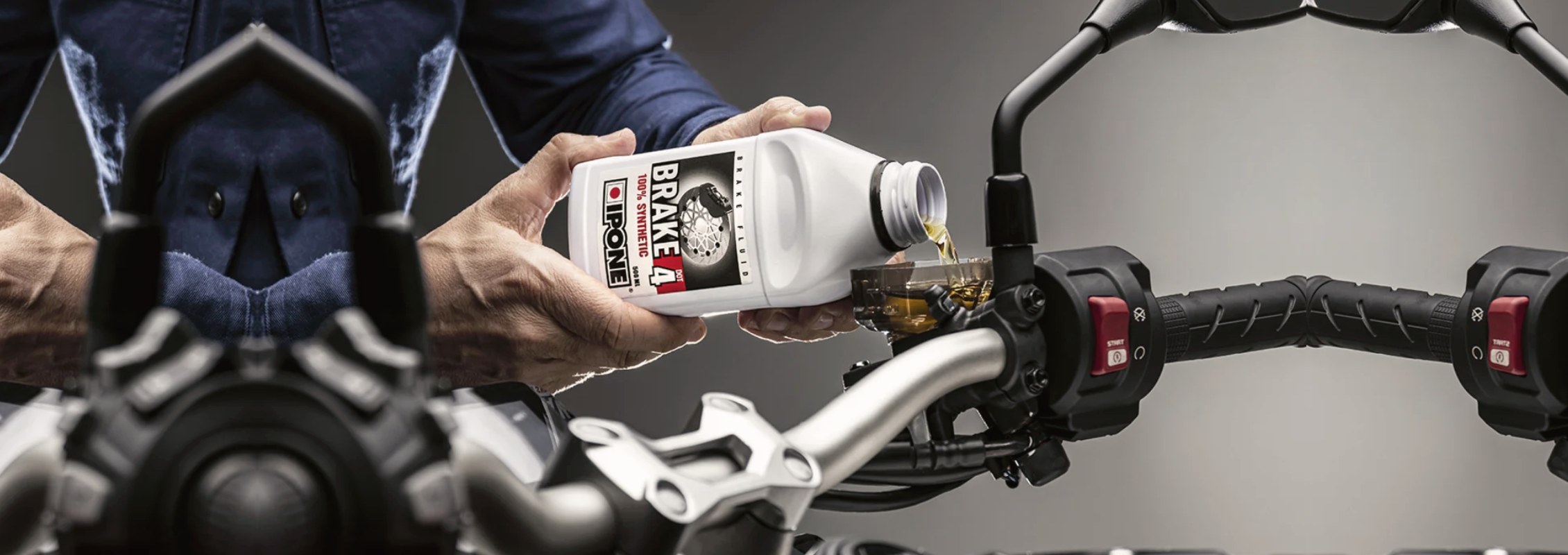
Source: Ipone
Prepare Spark Plugs and Cylinders for Starting
Remove the spark plugs, and check them for rust and corrosion. If they’re badly fouled, you can try cleaning them . Given the money – and not much of it, since spark plugs are cheap – we’d just buy new ones.
While you've got the spark plugs out, grab a turkey baster and some motor oil. Drop about 1 teaspoon down the spark plug holes, into each cylinder. Then, put your motorcycle into high gear and prop up the rear wheel. Place a rag over the plug holes, and spin the rear wheel by hand. This will crank the oil around, while the rag catches any ejected droplets.
Now, put the spark plugs back in. If you’re re-installing the old ones, it might be worth checking that they’re still at the right gap. As for new spark plugs, you’ll have to gap them before installation anyway.
Starting a Motorcycle After Winter
We know every fiber of your motorcyclist’s being will want to rev that engine once it gets going. So let us say this first – do not rev the engine once it starts.
Now that we've cooled our jets, let’s go back to the beginning. Your engine is undoubtedly cold right now. That means the fuel doesn't want to vaporize, which makes it less likely to ignite. But, a rich mixture (i.e. more fuel, less air) will remedy our problem.
If you have a fuel-injected bike, cold starting is normally less of an issue. Just click the ignition on for 10-15 seconds before you start it. This will allow the fuel pump to build up some pressure.
If you have a carburetor, getting the right mixture is a bit more finicky. Setting the choke will restrict air flow – good.
If you have a float plunger, you can push it to flood more fuel into the carburetor – very good.
And if you have a fuel petcock , setting it to prime (PRI) for a few seconds will allow gas to flow freely into the float bowl – very very good.
Once these measures are in place, it’s time to kick or crank that bad boy! If it turns over, again resist the urge to rev it. Just ensure that the petcock is back to ON or RUN, and let the engine warm up at idle. Keep lowering the choke until your motorcycle can run without it.
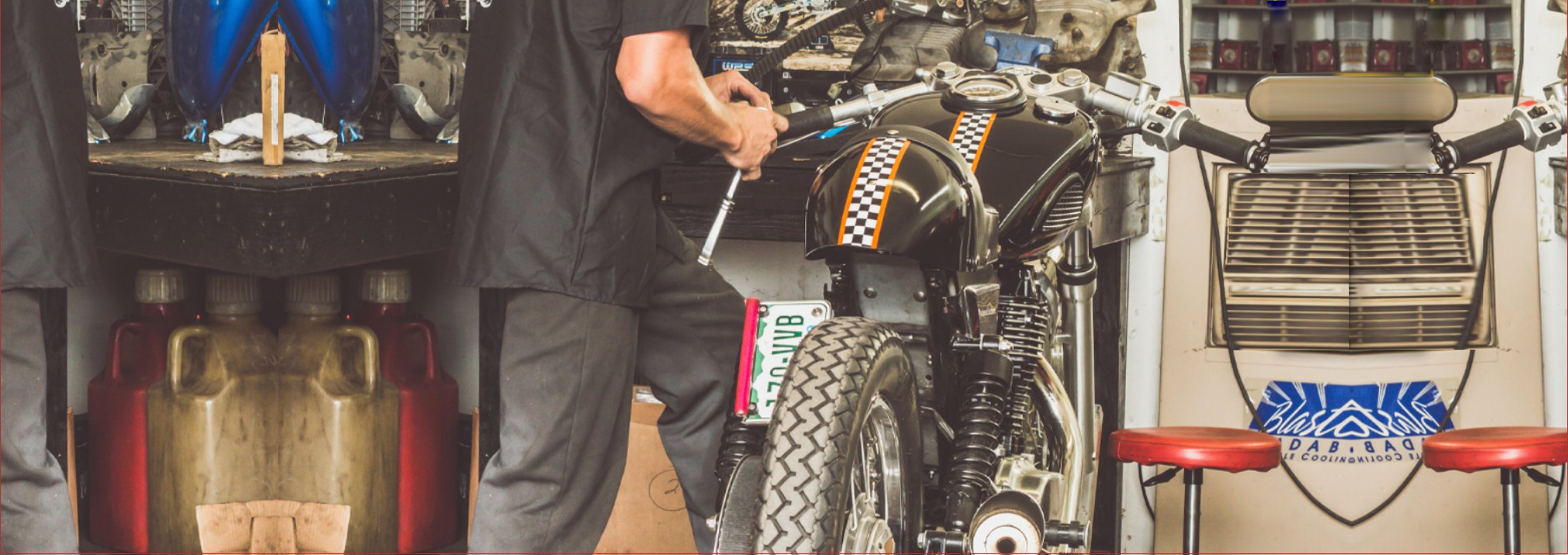
Source: BikeMaster
It will take a while for the engine to warm up, but don’t worry – we have plenty of stuff to do in the meantime. This is where the well-ventilated space comes in handy; there’s no point in fumigating ourselves here.
Throughout the rest of our de-winterization procedure, listen for any bizarre noises. If something sounds bad, kill the engine until you determine what the problem is. If in doubt, pay or bribe a mechanic to solve the mystery for you.
Troubleshooting: The Motorcycle Won’t Start
If your motorcycle doesn't crank, you may have made a mistake in reconnecting the battery. Otherwise, odds are that your battery has gone dead over the winter. You could jump it, charge it or replace it – your call.

If the motorcycle is cranking but not starting, it might just take a while. Crank in 10 second bursts, giving the battery a break between each attempt. If it’s quite cold, turning your headlight on for 30 seconds will warm up the battery and increase its power output. If this doesn't help, make sure that your spark plugs were re-installed correctly.
For carb users, it’s also possible that you've botched the fuel mixture. If you've over-flooded the carburetor, turn off the choke to get some air in there. You can also hold the throttle open while starting, which should allow more air to pass into the carb. Just don't freak out when your engine comes to life at a billion RPMs.
If you have the opposite problem - a dry float bowl - just leave the choke on and prime or plunge the carb some more. It might take a bit of trial and error before you get it right, so have patience, young grasshopper.
And finally, be sure to check the embarrassing pitfalls: Are the ignition and kill switch on? Is the transmission in neutral? Clutch in? Kickstand up? Lastly – and most embarrassingly – is there gas in it?
Check Your Headlight, Brake Light and Indicator Lights
Now that the engine is running, you can check that your bulbs are working properly. If they aren't, plenty of replacements are available.
Clean the Bike
Last fall, you might have rubbed chain wax, WD-40, or other oily substances onto your motorcycle for rust prevention. How clever of you.
By now though, you've probably realized that dust loves to cling onto these oily surfaces. No matter! A good de-greasing cleaner will bring back the shine.
You should also clean the disks with brake cleaner, and check the status of the brake pads while you’re down there. Your owner’s manual will tell you what the lower limit is for thickness – it normally falls between 1 and 3 mm. Some pads have wear indicators, which are basically grooves cut to the depth of replacement. In these cases, the groove will disappear when the pad needs to be replaced.
Finally, you should clean and lube the chain (if you have one). Just grab whatever you like to use as a chain cleaner and lube.
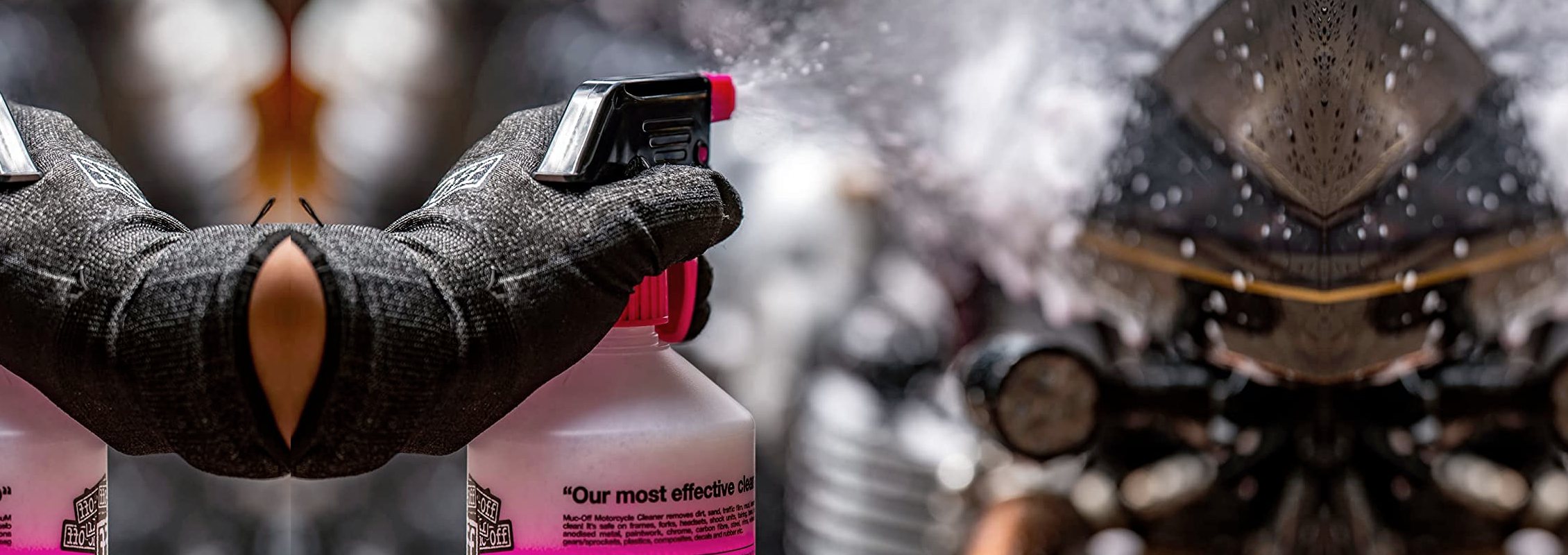
Source: Muc-Off
Check the Tire Pressure
Thanks to cold weather and extended inactivity, I’d wager a loonie that your tires are a bit flat. Consult your owner’s manual on this – it will state an optimal psi for your bike’s particular load. Plus, OEM hires very clever engineers to come up with numbers like this, the trusty squeeze test isn't going to cut it. Get a proper pressure gauge and be done with it.
You should also be aware that dry rot can creep into tires over the winter. So decide if it's best to replace them before finding out on the freeway.
Compress and Release the Suspension
Over the winter, suspension travel can become a bit tight, sticky or otherwise non-uniform. And when you’re out riding, this can make for some seriously unwieldy dynamics.
So, mount the motorcycle and rock the suspension for a while. That means alternating between compressing the fork and pushing backwards on the rear shock. Try hard to get those juices flowing, and make some immature jokes while you're at it.

Source: Progressive Suspension
Change Your Motorcycle’s Oil and Filter
At this point, the engine is undoubtedly warmed up. So if you planned on performing an oil or oil filter change, now's the time.
Kill the engine before you do it, and watch out: the oil will come out quickly, and it will be freaking hot. As a precautionary measure, mechanic’s gloves are a major help in this. If you've never changed your bike’s oil before, get some help or watch a few videos first.
Take the Motorcycle for a Long Ride
Your first ride should be a long one. This will ensure that the engine fully warms up and the battery recharges. But take it easy out there – if your motorcycle developed any problems over the winter, this is when they’ll show themselves.
If you added a fuel stabilizer last fall, be aware that it will temporarily lower your engine performance. So if your motorcycle seems a little sluggish, don’t worry until after you've refilled the tank. This is an excellent excuse to go for a big ride, burning up all the old fuel with a stupid grin on your face.
And when that first tank is gone, use a fuel system cleaner additive on the next few. This will clear out some winter gunk, and ensure that your engine is running clean over the summer.
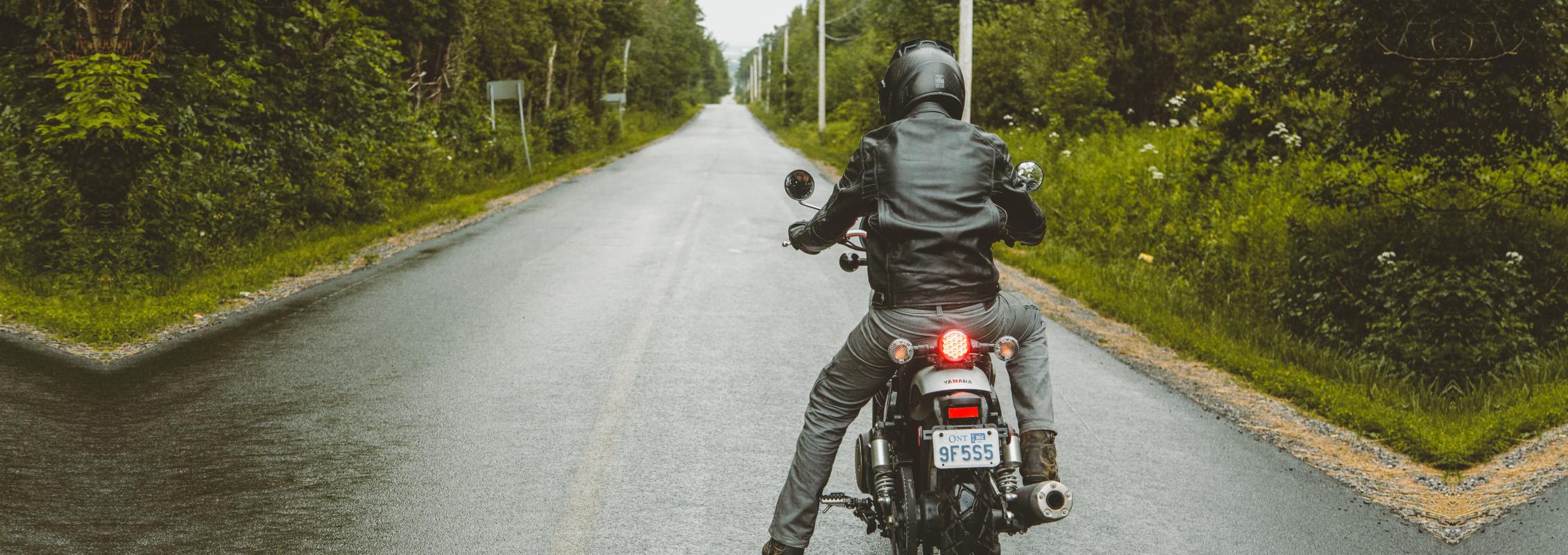
At the end of all this, you're going to feel in touch with the inner workings of your machine. On top of that, you’ll have confidence in your bike’s ability to run cleanly and reliably.
Motorcycling has a lot to do with the intimate interface between man and machine. Give it some time at the start, and all the work put in will provide many miles of joy down the road.
Old Motorcycle Won’t Start? Cheap Checks and Easy Fixes
Got a stored motorcycle that won't start? Or even scarier - thinking of buying one? Here are the easiest tests and fixes to get her running again.

Related Articles
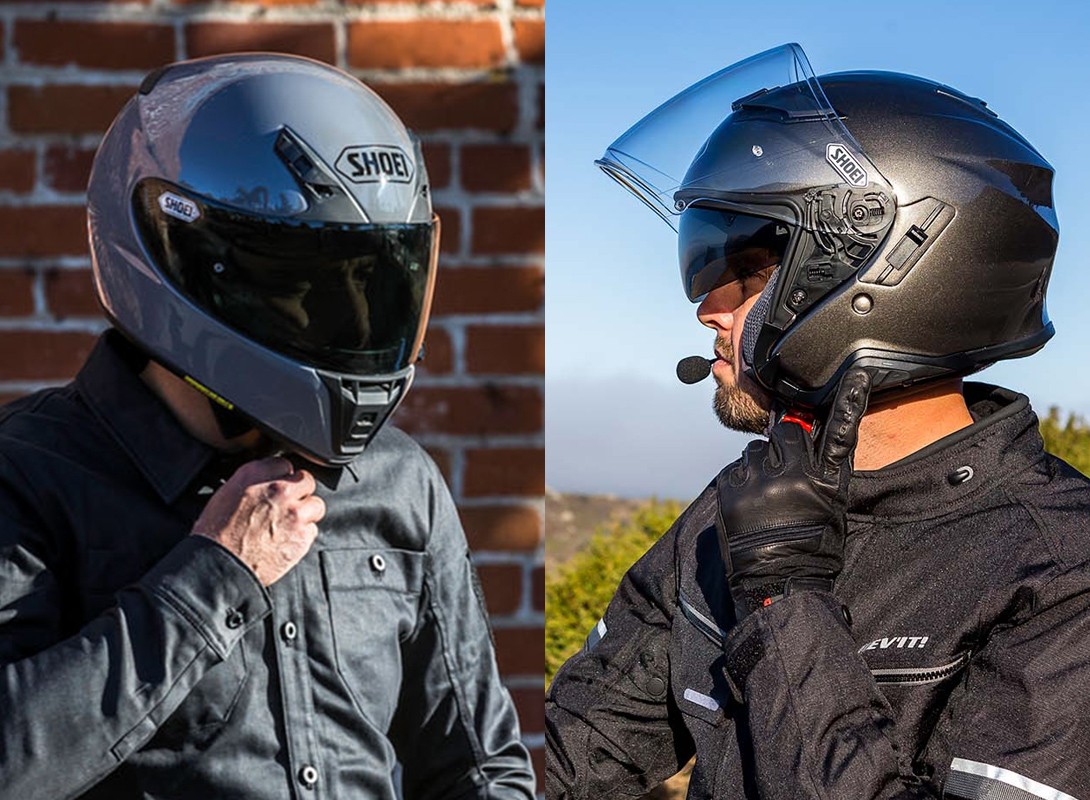
Types of Motorcycle Helmets
There are 6 different types of motorcycle helmets out there. Pick the one that best suits your riding style.

5 Telltale Signs of a Bad Used Motorcycle
Buying a used bike, or a lemon? Here are 5 methods to Sherlock your way into a good buy.

A Guide to Motorcycle Gear Ratios
Everything you need to know about gear changes and ratios. Fine tune the power delivery to your rear wheel.



